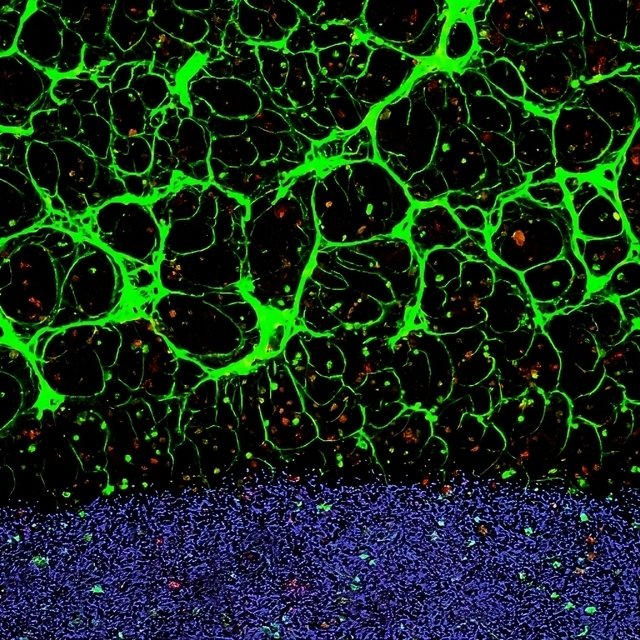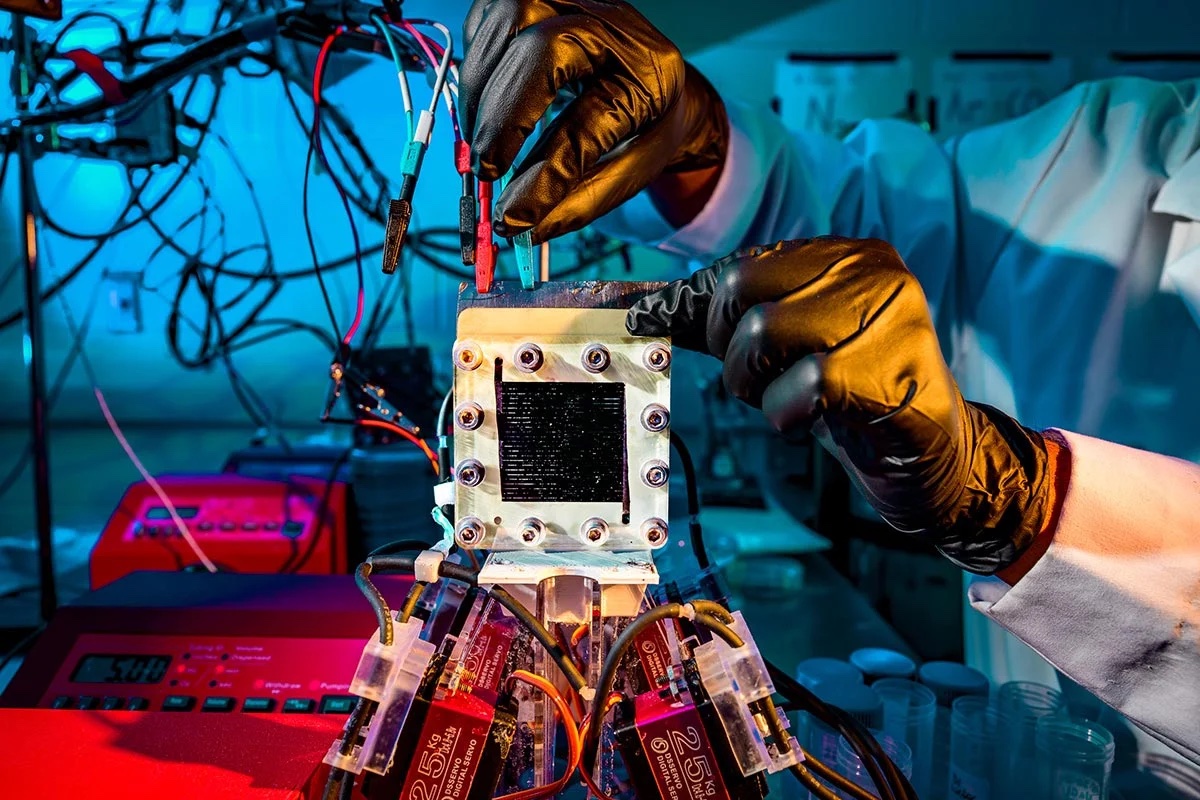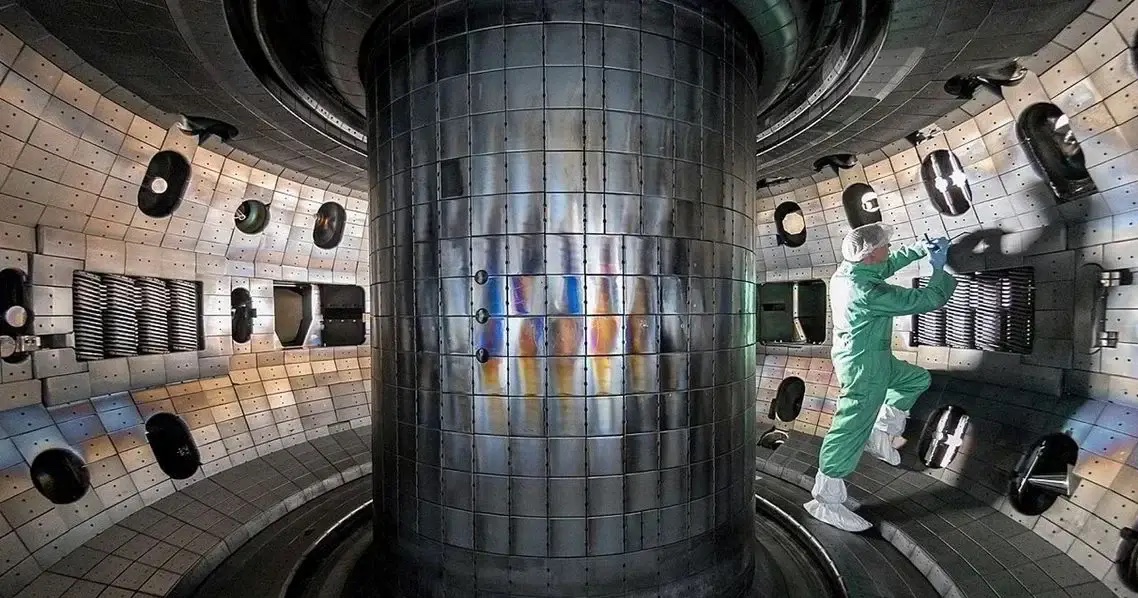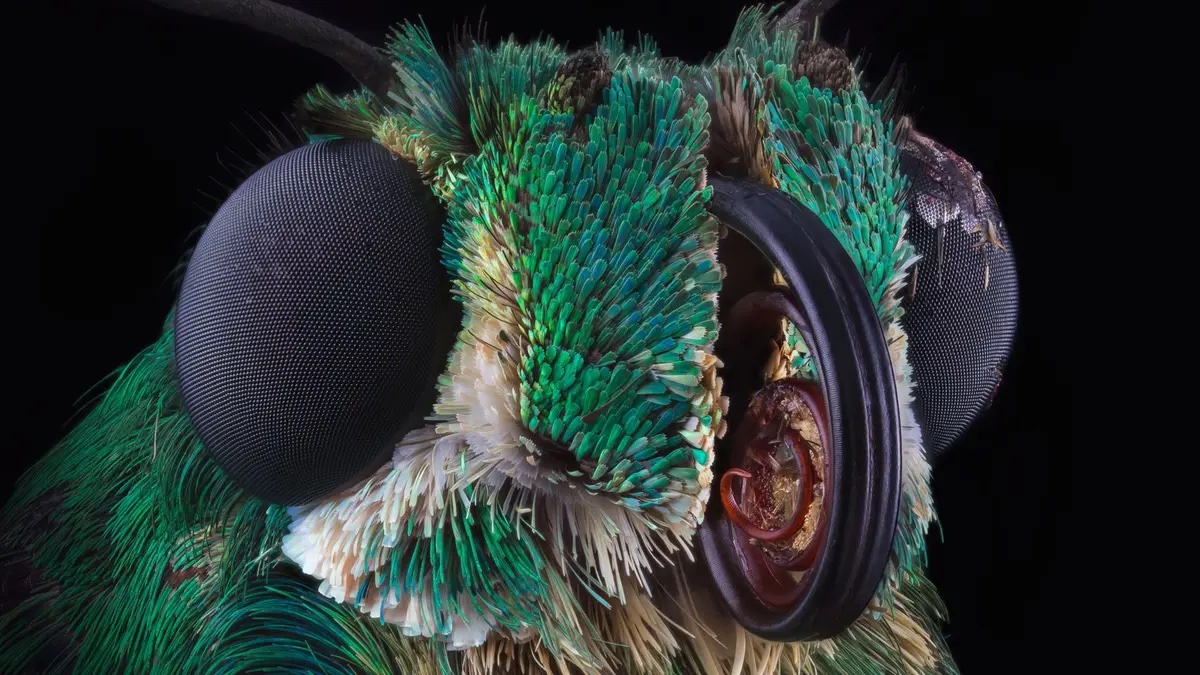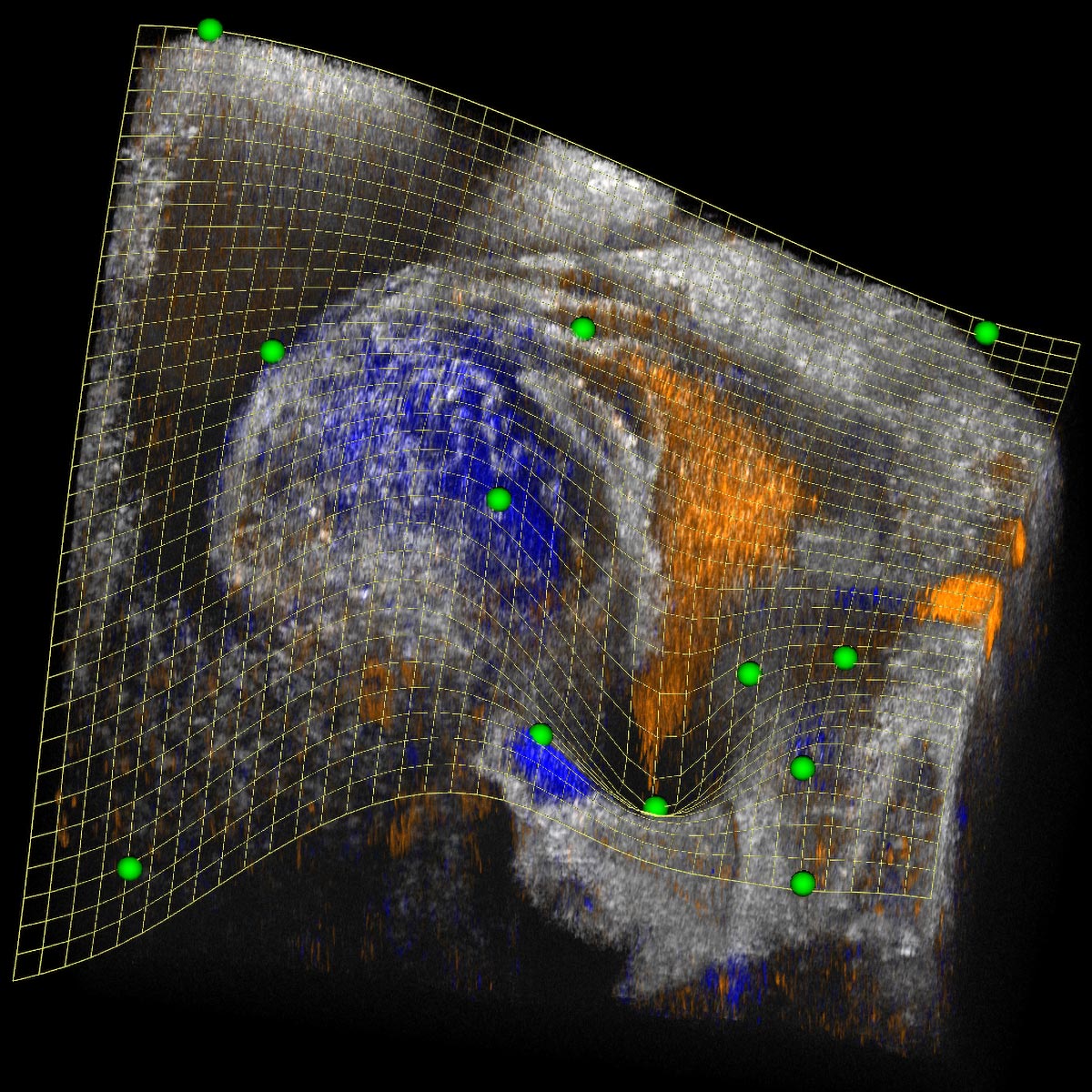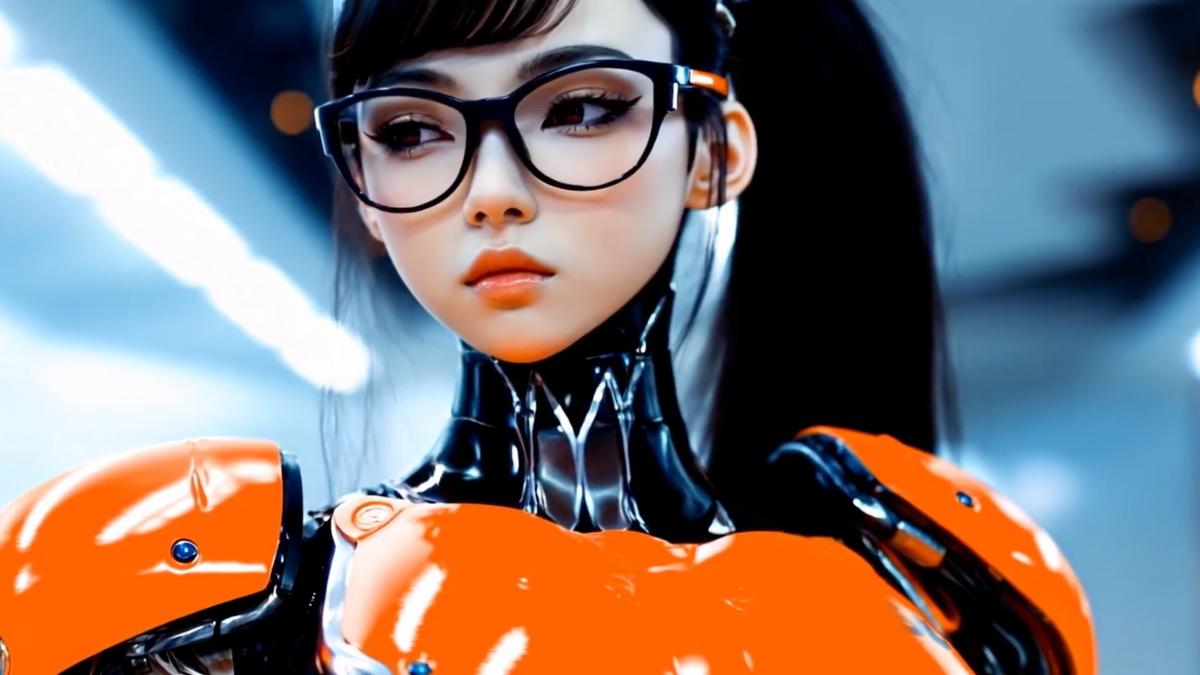Films and TV shows have long depicted a future full of autonomous robots capable of making their own decisions, taking initiative, and acting independently. From C-3PO and Jarvis to Bender and Rosie the Robot, these fictional characters not only responded to commands but also took action on their own, navigating the world with agency and autonomy. While we’re not yet living in a world full of sentient robots or advanced operating systems like Samantha from Her, technology is inching us closer to that future every day.
The development of Agentic AI is the next big leap in artificial intelligence. Unlike traditional AI systems, such as chatbots or large language models (LLMs) like ChatGPT, which rely on human input to function, Agentic AI operates independently. It can make decisions, adapt, learn, and execute tasks without constant human guidance. This new form of AI can be given a goal, and from there, it takes charge of figuring out the best way to achieve that objective.
Continue reading… “Agentic AI: The Next Step Toward Autonomous, Decision-Making Robots”

